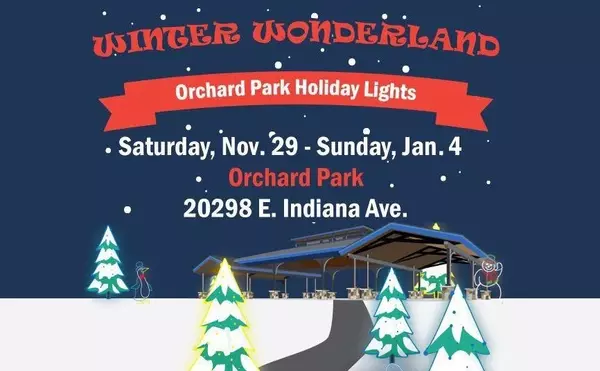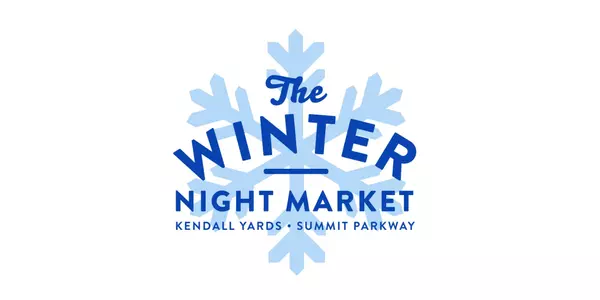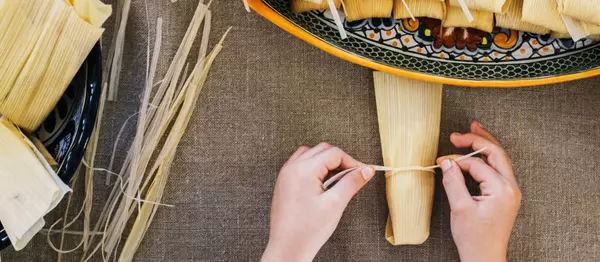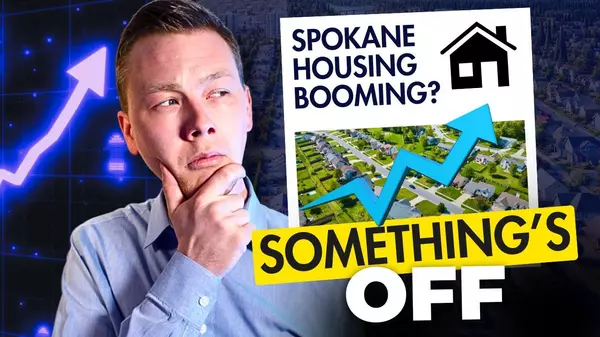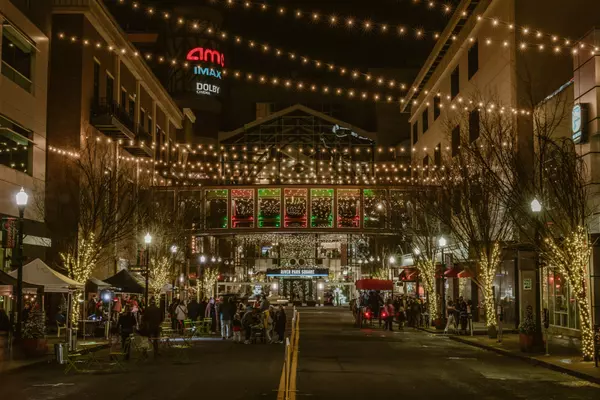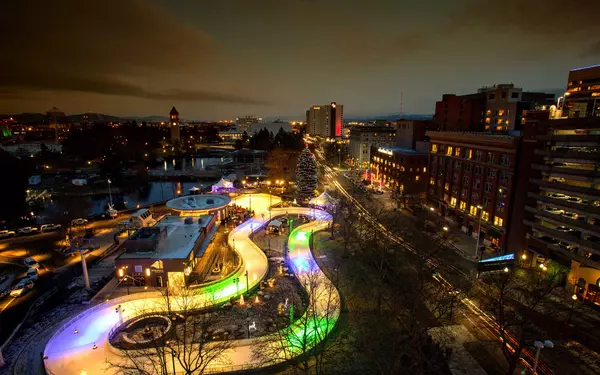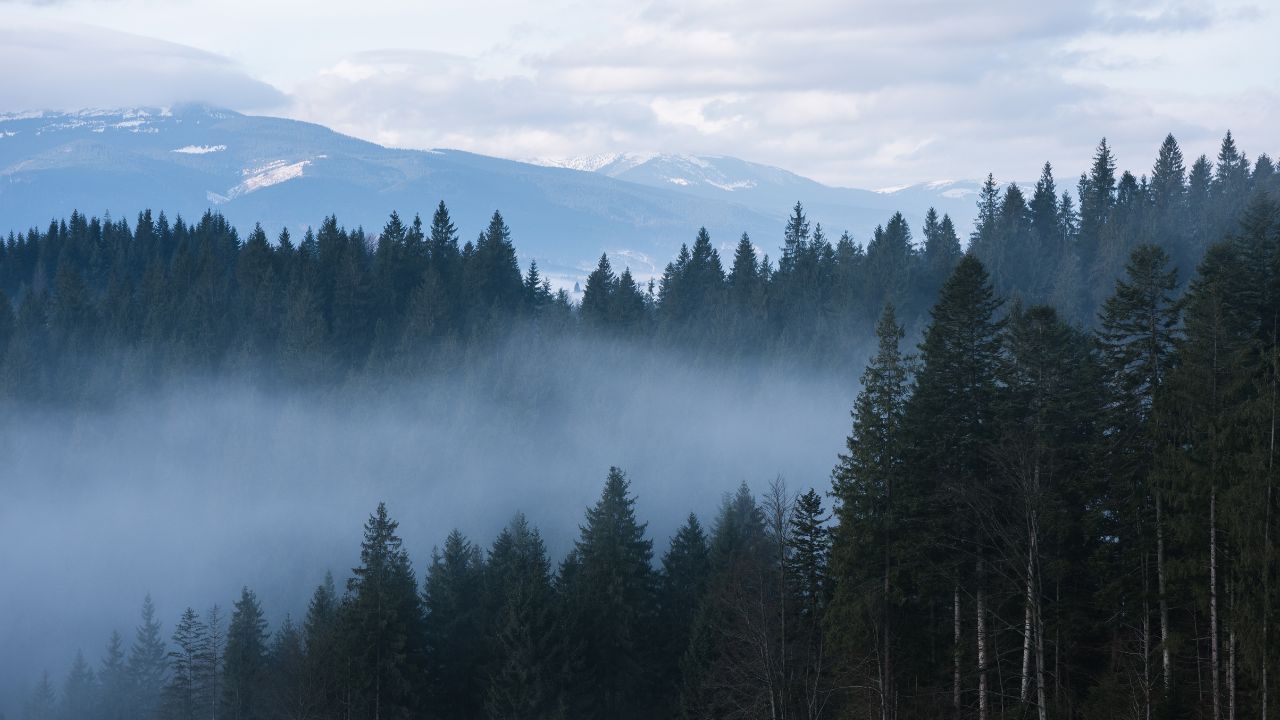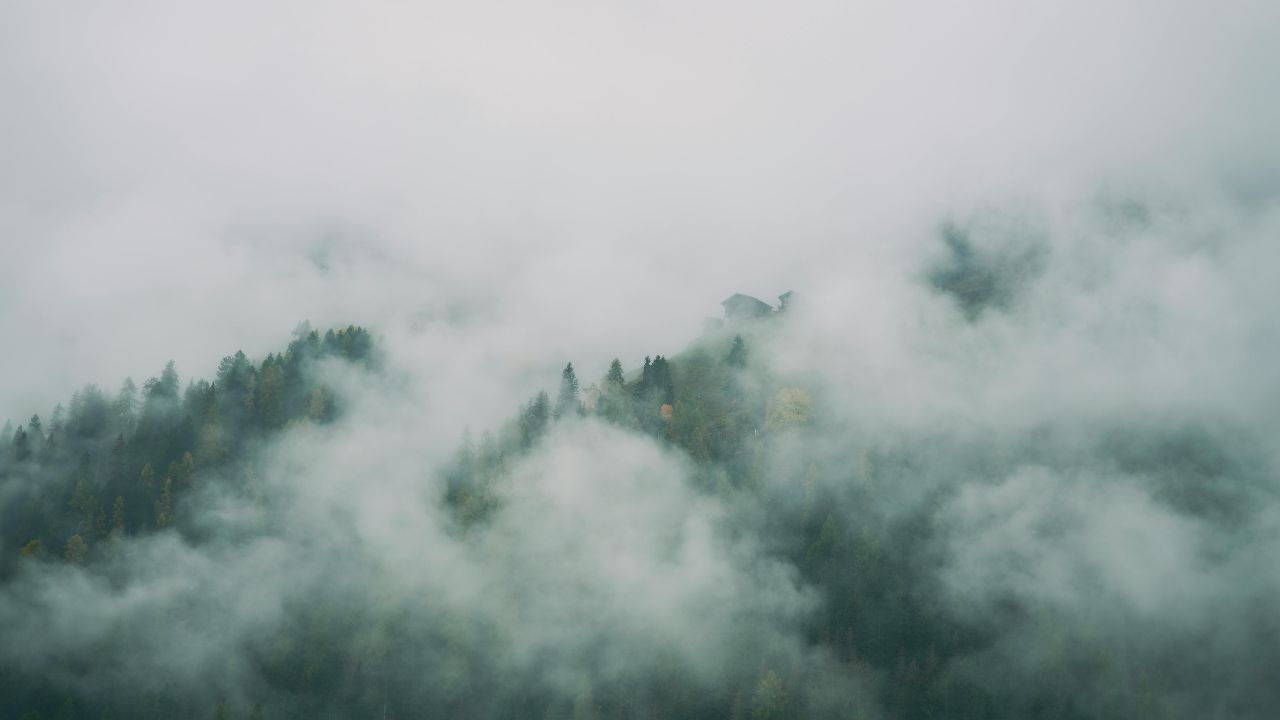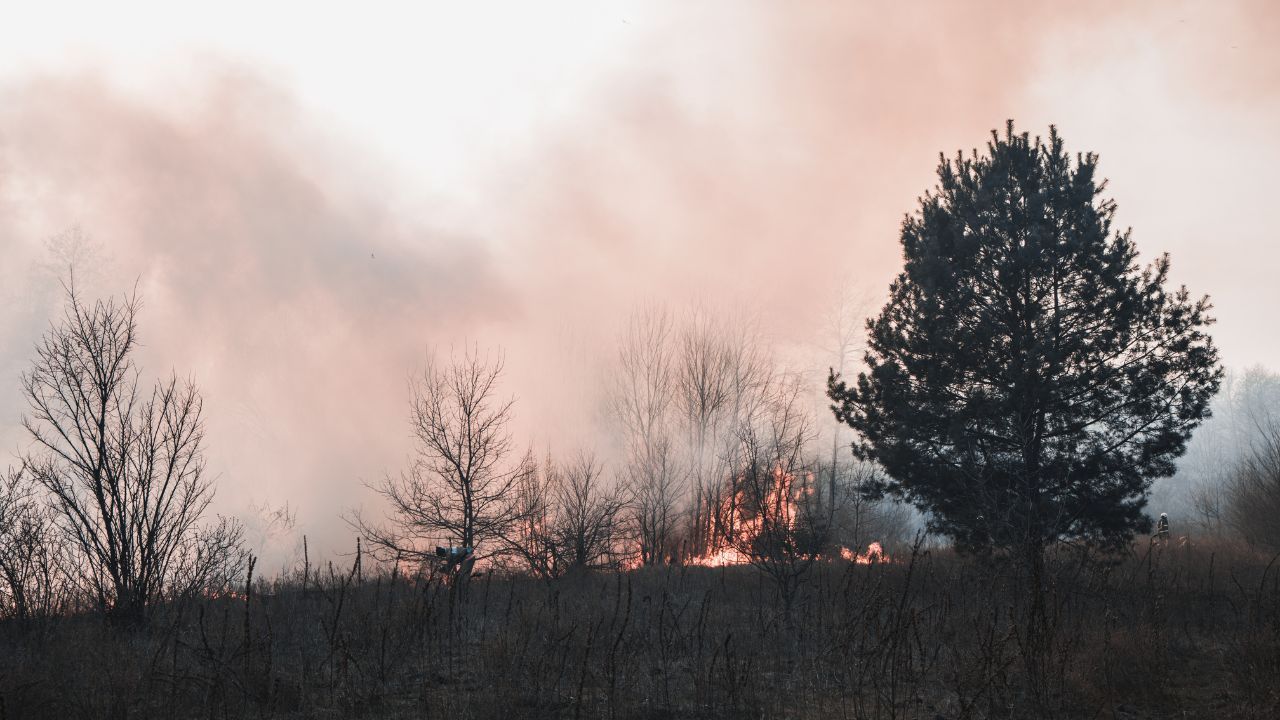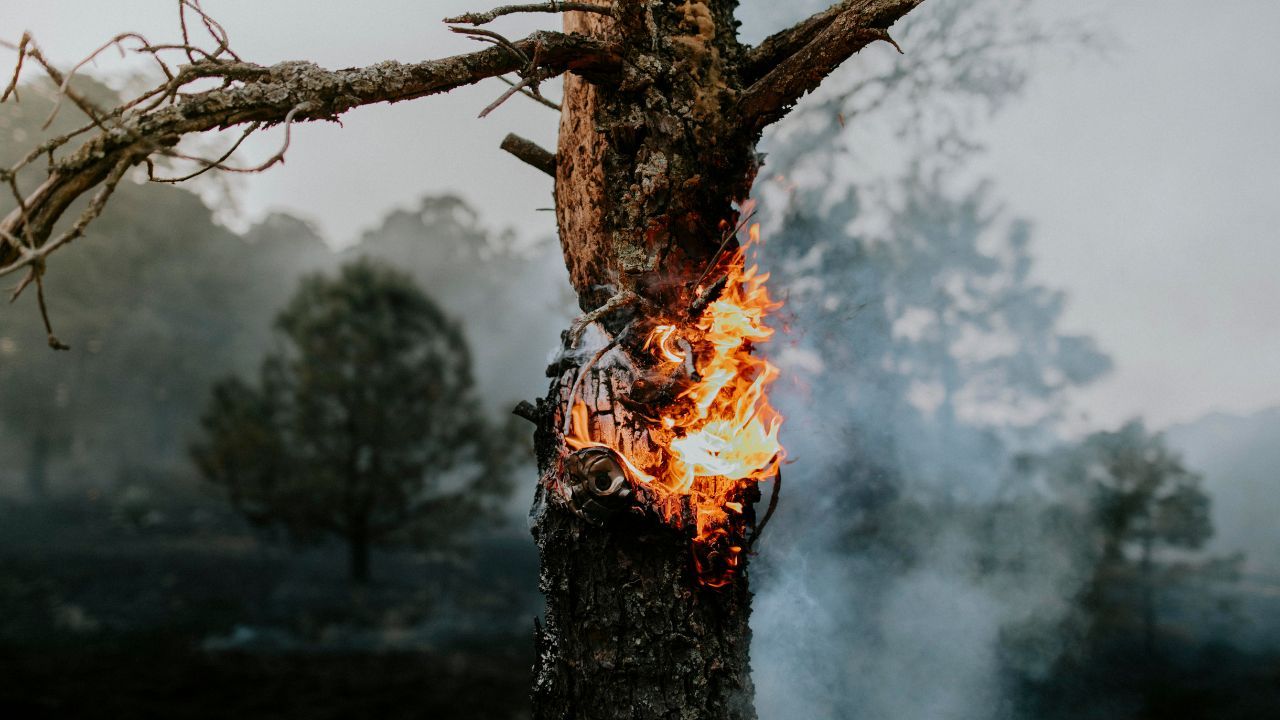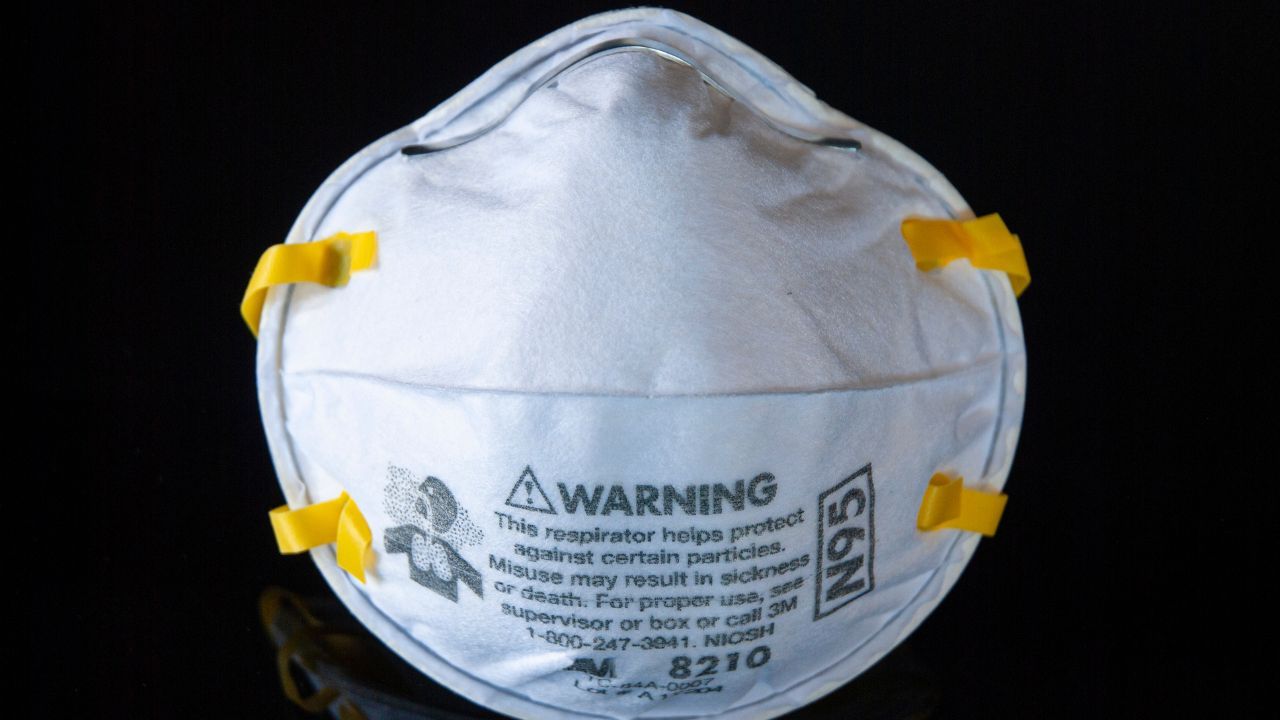Wildfire Smoke in Spokane: What You Really Need to Know
You catch a quick whiff of smoke and wonder—someone grilling? Or did a fire just spark up again?
That kind of uncertainty is a quiet part of summer life in Spokane. While it’s not an everyday worry, the reality of wildfire season means it’s worth knowing what’s normal, what to watch for, and how to be prepared—without putting your life or home search on pause.
2025 Has Been a Mild Smoke Season—So Far
It’s been relatively calm this year. A few flare-ups popped up in Riverside State Park and north of town, but crews contained them quickly. One of the larger fires—the Lake Spokane Fire—spanned about 2,500 acres on the North Shore. Some residents across the river saw water helicopters buzzing past daily, dropping fire retardant on the banks, but never lost power or had to evacuate.
A burst of dry lightning last week sparked over a dozen small grass fires between Wandermere and Deer Park. Crews jumped on them fast and had every flame out by sunrise. That event was a good reminder that conditions can change in an instant.
Air quality this summer has stayed mostly in the “good” zone, occasionally touching “moderate” territory. Nowhere near 2021’s orange skies and two-week haze.
Why Does Spokane Get So Smoky?
Spokane sits in a sort of smoke funnel. When strong winds shift from the south or west, they carry smoke from Oregon and northern California. From the north, British Columbia and Alberta often send haze across the border. And of course, eastern Washington and north Idaho wildfires contribute their fair share.
Once a high-pressure dome parks over the Northwest, that cocktail of smoke drifts into the Spokane Valley and settles.
In an average year, Spokane sees about 10–15 smoky days, usually between late July and early September. So far in 2025, only a few days have breached the AQI 100 mark.
How Smoke Affects Daily Life
When air quality starts creeping above 100, most people feel it—scratchy eyes, dry throat, general fatigue. Sensitive groups may feel it sooner.
The highest reading this season hit 121 but cleared out quickly overnight. If smoke rolls in, mornings are usually your friend—AQI can be 30–40 points lower at sunrise than it is by late afternoon.
Schools typically move recess inside above AQI 100, and sports practices often shift to indoor gyms or early-morning starts. Having an N95 mask in the glove box is a smart backup for errands on smoky days.
Fire Safety Prep for Wildland-Urban Edges
If you live near forested neighborhoods—like Seven Mile or Palisades—consider a three-day “go bag” and plan at least two evacuation routes. Firefighters are quick, but winds are unpredictable, and fire movement can change in a moment.
There are no prewritten exit plans for specific areas, so it's on you and your household to plan ahead.
Homeowners Insurance and Wildfire Risk
Spokane's insurance rates haven’t seen the wildfire surcharges affecting many California or Colorado communities. That said, properties tucked deep into wooded areas, especially those far from fire districts, may face higher premiums or more stringent policy requirements.
Some insurers are even requiring rooftop sprinkler systems as a condition for coverage in high-risk zones.
Apps & Gear That Make a Difference
-
Watch Duty: Real-time fire updates and evacuation info.
-
AirNow: Up-to-the-minute AQI readings directly from EPA sensors.
-
Windy: Visual wind and smoke movement to help with planning.
A basic smoke season toolkit includes:
-
Two HEPA air purifiers (bedroom + living room)
-
One DIY box fan purifier with a MERV-13 filter
-
Three high MERV furnace filters (for summer months)
-
A stash of N95 masks for errands or yard work
Estimated cost: around $600—but potentially thousands saved in health and comfort.
Common Questions During Fire Season
Should I pause my home search until the smoke clears?
Only if you’re okay with missing out. Many buyers pull back during smoky weeks, which creates opportunities for others. Less competition means more negotiating power.
Will smoke hurt my resale value?
Not directly. Buyers care about condition, price, and location—not temporary weather patterns. In fact, having a home that’s well-equipped to handle wildfire season may be a selling point.
Do I need special HVAC or windows?
Most homes with dual-pane windows and MERV-13 furnace filters are just fine. If you're building new, a dedicated air exchange system (ERV) costs $2,000–$3,000 and drastically improves air quality indoors. Builders like Greenstone Homes are already including systems like these, and they’ve made a noticeable difference during past smoke seasons.
Final Thoughts
Wildfire smoke is part of Spokane’s story—but it’s just one chapter. With smart planning, it doesn’t have to interfere with your life, your health, or your real estate goals.
Prepare smart, breathe easy, and enjoy the 350+ days a year when Spokane’s skies are as clear and blue as the river that runs through it.
Categories
- All Blogs (889)
- Airway Heights (5)
- Audubon/Downriver (4)
- Balboa/South Indian Trail (5)
- Bemiss (3)
- Browne's Addition (3)
- Buying Your Home in Spokane (204)
- Cheney (3)
- Chief Garry Park (3)
- Cliff-Cannon (3)
- Colbert (1)
- Comstock (4)
- Dishman (3)
- Downtown Spokane (1)
- Driving Tours (1)
- East Central (3)
- Emerson/Garfield (3)
- Five Mile Prairie (5)
- Grandview/Thorpe (3)
- Greenacres (3)
- Hillyard (3)
- Home Improvement (8)
- Home Prices (5)
- Housing Inventory (6)
- Housing Market (133)
- Housing Market Update (1)
- Instagram Videos (2)
- Interest Rates (24)
- Job Market in Spokane (3)
- Know Spokane (588)
- Latah Valley (5)
- Liberty Lake (8)
- Lincoln Heights (4)
- Logan (3)
- Manito-Cannon Hill (3)
- Medical Lake (4)
- Minnehaha (3)
- Moran Prairie (3)
- Mortgage (26)
- Moving out of Spokane (3)
- Moving to Spokane (142)
- Nevada/Lidgerwood (3)
- New Construction Homes in Spokane (1)
- New Construction Opportunities (3)
- North Hill (3)
- North Indian Trail (4)
- Northwest (3)
- Opportunity (3)
- Peaceful Valley (3)
- Riverside (3)
- Rockwood (4)
- Selling Your Spokane Home (160)
- Shiloh Hills (3)
- Southgate (3)
- Spokane Events (429)
- Spokane Neighborhoods (51)
- Spokane Restaurants/Food Places (24)
- Spokane Schools (12)
- Spokane Valley (14)
- Suncrest (1)
- Things to Do in Spokane (442)
- Veradale (3)
- West Central (3)
- West Hills (3)
- Whitman (3)
- Youtube Videos (49)
Recent Posts



